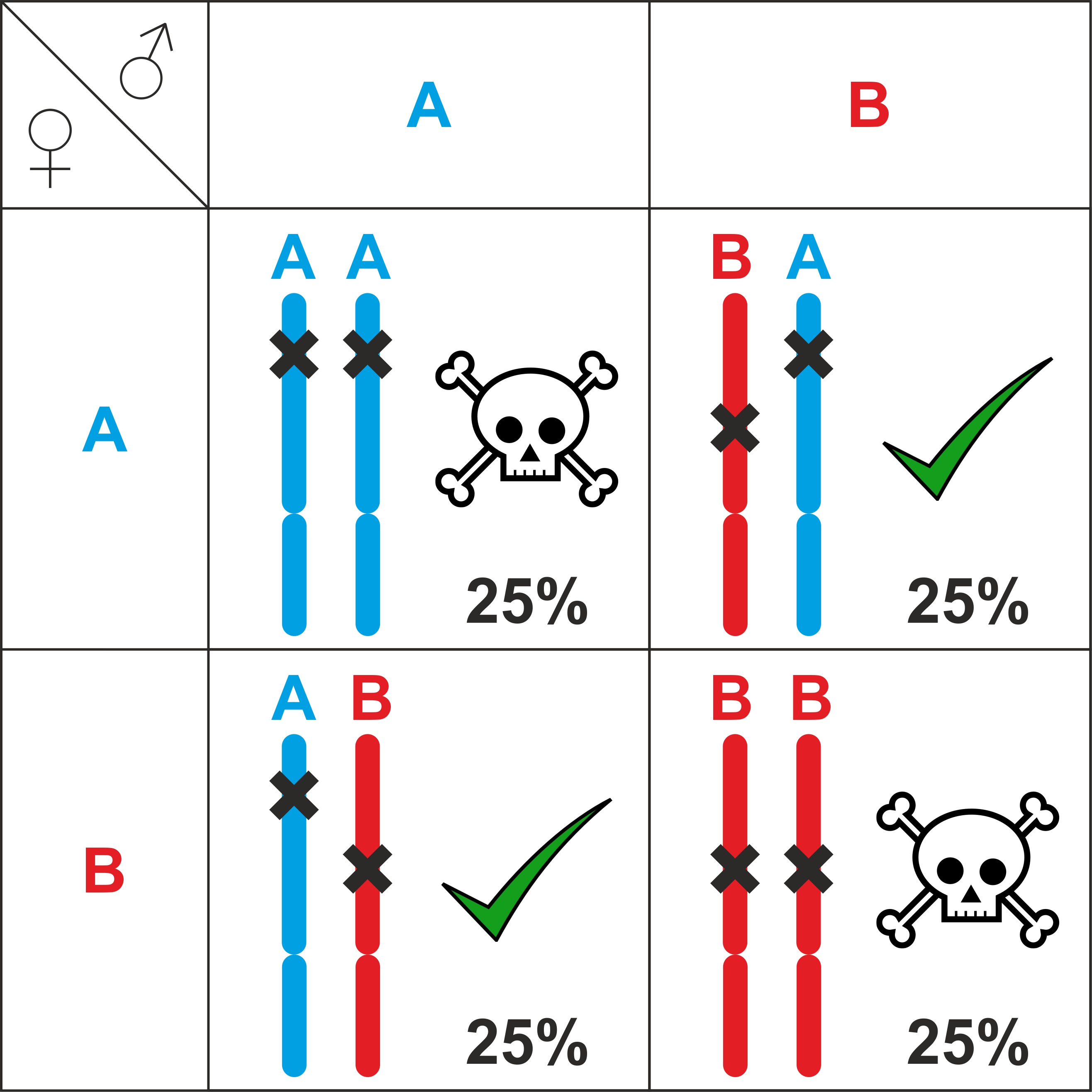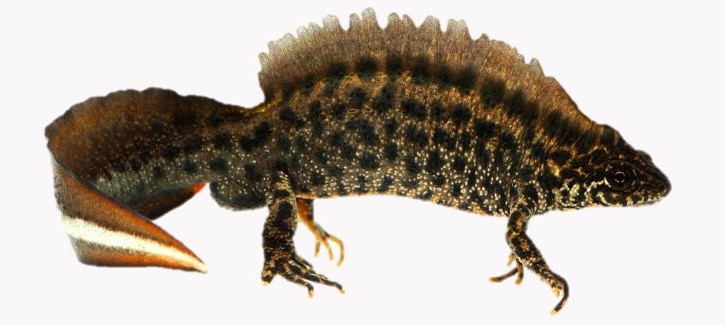
I am fascinated by evolutionary processes that, though arising by natural selection, in the long run turn out to have negative consequences. Furthermore, I am interested in gene flow between closely related species, throughout their evolutionary history. My work heavily relies on genomic data. The study system I work on is the genus Triturus, the crested and marbled newts.
Keywords
Adaptive radiation, Balanced Lethal System, Biogeography, Cryptic species, Evolution, Genetic Pollution, Genomics, Hybrid Zone, Rapid radiation, Speciation
BalancedLethal systems
I lead a genomic study of the best-known case of a balanced lethal system (chromosome 1 syndrome in Triturus newts), combined with theoretical modelling, to understand balanced lethal system evolution.

In an ERC Starting Grant-funded research program I explore the role of genome re-arrangements in balanced lethal system evolution. In a balanced lethal system, two chromosome forms carry distinct lethal alleles that are reciprocally compensated for by functional genes on the alternate form. In effect, both are required for survival. Yet, parents randomly pass these forms on to the next generation. Under Mendelian inheritance, exactly 50% of the offspring receive two copies of the same chromosome form and are therefore not viable. Balanced lethal systems appear to defy evolutionary theory: such incredibly high mortality should quickly be eliminated by natural selection.

Hybridzone movement
I expose a genomic footprint of hybrid zone movement in several Triturus hybrid zones, providing firm support that hybrid zones can shift position over considerable time and space.

In a Marie Skłodowska-Curie-funded project I study hybrid zone dynamics. Speciation typically involves a stage in which species can still exchange genetic material across the hybrid zones they establish upon secondary contact. If one member of a hybridizing species pair displaces the other, their hybrid zone would move. Such movement may amount to considerable distances over ‘evolutionary time’. Yet, the prevalence of long-term hybrid zone movement is poorly understood, and considered inconsequential in the classical hybrid zone literature. A key prediction is that that the receding species leaves behind a trail of introgressed selectively neutral alleles within the expanding one.

Keypublications
Berdan, E.L., Blanckaert, A., Butlin, R.K., Flatt, T., Slotte, T., Wielstra, B. (2022). Mutation accumulation opposes polymorphism: supergenes and the curious case of balanced lethals. Philosophical Transactions of the Royal Society B 377(1856): 20210199.
Wielstra, B. (2021). Hybrid zones. Current Biology 31(3): PR108-R109.
Wielstra, B. (2020). Balanced lethal systems. Current Biology 30(13): R742-R743.
Wielstra, B. (2019). Historical hybrid zone movement: more pervasive than appreciated? Journal of Biogeography 46(7): 1300-1305.
Wielstra, B., McCartney-Melstad, E., Arntzen, J.W., Butlin, R.K., Shaffer, H.B. (2019). Phylogenomics of the adaptive radiation of Triturus newts supports gradual ecological niche expansion towards an incrementally aquatic lifestyle. Molecular Phylogenetics and Evolution 133: 120-127.
Wielstra, B. (2019). Triturus newts. Current Biology 29(4): R110-R111.
Wielstra, B., Burke, T., Butlin, R.K., Arntzen, J.W. (2017). A signature of dynamic biogeography: enclaves indicate past species replacement. Proceedings of the Royal Society of London B: Biological Sciences 284 (1868): 20172014.
Wielstra, B., Burke, T., Butlin, R.K., Avcıc, A., Üzüm, N., Bozkurt, E., Olgun, K., Arntzen, J.W. (2017). A genomic footprint of hybrid zone movement in crested newts. Evolution Letters 1(2): 93-101.